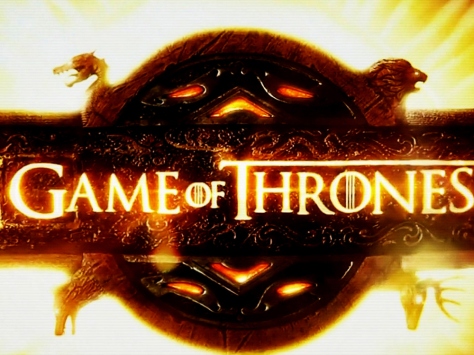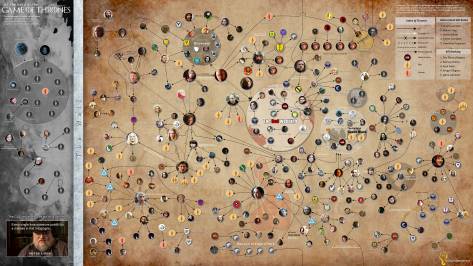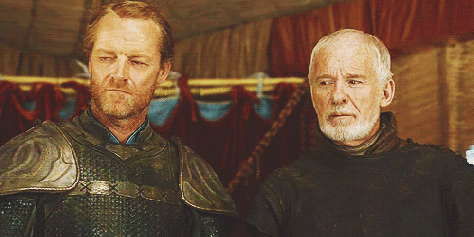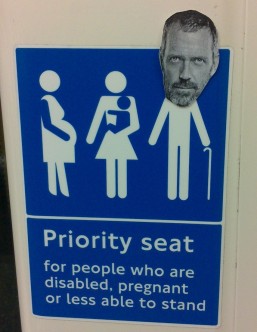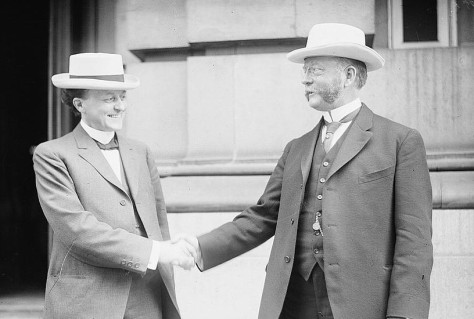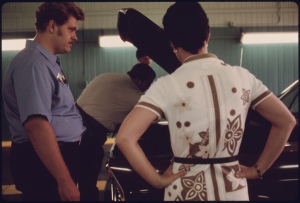We were snowbound at a corporate retreat in Princeton, New Jersey. We had exhausted the formal agenda and were waiting to hear if the snowploughs had freed the I-95 so that we could get to the airport and go home.
So we were having a few beers and having a general discussion about what works for us in business when Kevin, an experienced colleague who worked in our manufacturing practice, said something so true and so simple that it has stuck with me at every step of my career since.
We were talking about creating and keeping customer relationships, and he said: “Every time I’m going to meet someone for business, before I go in, I ask myself, ‘how can I create value for them in this meeting?’ If I can do this, I know they’ll want to meet me again. They’ll learn to trust me. And, when the time is right, they’ll buy from me.”
The snowploughs came and we put down our beers and caught our planes home, but his simple mantra – ‘how can I create value for my customers each time we meet?’ – has served me well since then.
Because this is the secret of customer experience.
If we want to make the customer experience better, it’s simple. We make every customer encounter something that our customer values. Then we repeat for every step of the encounter.
Find this value and maximise it. If the encounter doesn’t add value, don’t do it. That’s all.
What’s value? It’s whatever the customer thinks it is. Things like:
Treating them like a person
- Displaying courtesy and good manners
- Smiling when we see them
- Pitching things in their terms, not ours
- Treating the customer as someone who is valued and not a potential thief or fraudster (Banks, are you listening?)
- Recognising them when we see them again
- Recognising them and rewarding them for coming back
- Apologising (and not with the weaselly “I’m sorry you feel that way”)
- Understanding their problem before offering a solution
- Making the customer look good (always a good thing to do)
- Showing we are thinking about them, and what matters to them, even when they aren’t there
- Being respectful – of the customer, of our colleagues, of the competition
- Being kind.
Making it easy
- Taking away something that is inconvenient for them
- Simplifying the transaction (or better, simplifying the customer’s situation)
- Offering control to our customer (of the conversation, of the transaction)
- Making it so that there is only one way for the customer to do something – and it’s always good
- Being patient
- Making it easy to pay
- Making it easy to get money back
- Pricing fairly
- Being consistent
- Making it easy to talk to a person (if that is what our customer wants)
- Making it easy not to have to talk to a person (if that is what our customer wants)
- Making it easy for the customer to change their mind
- Welcoming returns with a smile
- Improvising if the customer needs it
- Anticipating their questions (nicely)
- Listening to them. REALLY listening. (Note: this one is hard).
Being honest
- If we can’t do it, saying so
- If someone else can do it better or cheaper, saying so
- Pricing things in ways that are clear and easy to understand
- No surprises – being up front with bad news and what we are doing to fix it
- If there is a quick or cheap fix for their problem, solving it for them
- Refusing to sell them the wrong thing
- Keeping our promises, no matter how small (especially the small ones)
Being interesting
- Being funny (but not offensive)
- Speak about their problems more than our solutions
Helping
- Explaining what is happening and what will happen next
- Putting ourselves in their shoes
- Giving them meaningful choices
- Tailoring what we do to what they want
- Keeping their anonymity (if that is what they want)
- Reassuring them
- Taking responsibility for sorting things out, even if it is not our fault
- Solving their problems quickly and consistently
Giving them something
- Offering something extra (a lagniappe, for example)
- Giving away insight or knowledge because the customer needs help
- Letting them take the credit
- Giving them things because we think they might like them
- Making it cheaper because they’ve come back
- Accepting that if they have got things wrong, it’s our fault for allowing it to happen
Speed
- Being fast
- Being instant
- Letting them be slow. Waiting for them. Patiently. And with a smile.
- Being convenient in ways that matter to them
- Asking them how quickly they want it and getting it to them whenever they say
Each of these will make the customer experience better. Better, customers will value dealing with us. And if there’s value, they’ll be willing to buy from us. And they’ll want to do it again. And this is the bottom-line reason why customer experience matters.
(Photo credit: adapted from ‘Happy Customer’ by Dan Taylor, https://www.flickr.com/photos/dantaylor/, modified under Creative Commons license)

